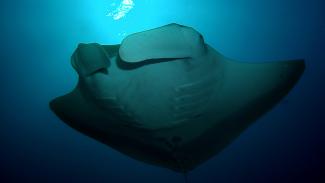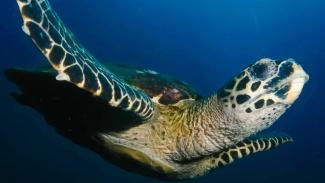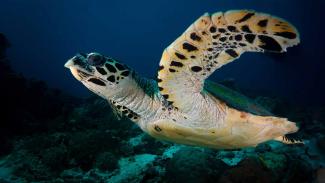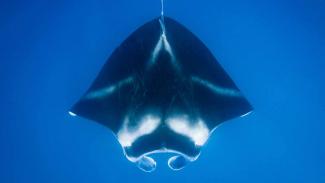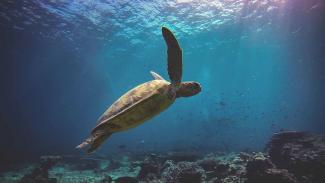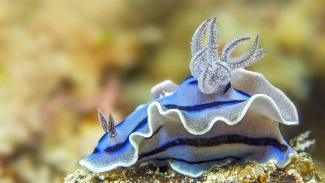Discover the best diving spots in Bali; home of the Gods

Alex Rose
Possibly Indonesia's most well known tourist destination, the diving in Bali is also excellent.
Many divers head to Tulamben on Bali's eastern coast, home of the USS Liberty wreck.
To the south of Bali lie the islands of Nusa Penida, Lembongan and Ceningan, where Manta Rays and Mola Mola can be seen in season.
A little off the beaten track, western Bali offers unspoilt dive sites, some great macro dives, and Bali's best wall diving to keep budding divers entertained.
Highlights
Best diving spots
On Bali's east coast, the USS Liberty Wreck lies just a few metres from shore in Tulamben Bay, starting just 8m below the surface. This American WWII wreck was dumped in Bali on Tulamben beach after being damaged by enemy torpedoes.There it lay, until 1963, when the Gunung Agung volcano, which towers over the area, erupted. Rumour goes that the force of the eruption picked up up the wreck and moved it a few metres out to sea - at a perfect depth for scuba diving.
Just a short distance away is Seraya, one of the most popular sites in Bali for muck-diving. There is more good diving along this stretch of coastline, including Candi Dasa to the south and Kubu, a little to the north.
Nusa Penida, Lembongan and Ceningan are situated to the south-east of Bali. These islands lie at a meeting point of waters from the Indian and Pacific Oceans, meaning strong currents and relatively chilly water temperatures for the tropics. The islands have fantastic drift-diving, plus with the chance to encounter Manta Rays and the areas most famous visitor; the Mola Mola.
Menjangan Island, just off Bali’s north-western tip, is part of Bali Barat National Park. Reached by boat from Bali’s mainland, it has a lovely wall to dive, with plenty of small caves, crevices and overhangs, plus abundant soft corals. Menjangan Island is also home to a small interesting wreck, called the Anker Wreck. This wooden wreck dates back to the 19th century and sunk off the reef carrying a cargo of copper & ceramics.
Just around the corner from Manjangan lies Pemuteran and Secret Bay. Pemuteran offers good, relaxed diving. Secret Bay has no coral to speak of and could not be described as a beautiful dive site, however it is a great for underwater macro photographers.
When to dive
The best times to visit Bali are in April and May, then again from September to November. The seas are usually calmest during these months.
July to September can mean slightly choppier waters, but also the nutrients that attract pelagics species, including the Mola Mola.
The wet season from December to March reduces the visibility on Bali's dive sites, however the east coast can remain surprisingly arid.
Getting there
Bali has it's own international airport, so is easy to reach. From here, the east coast dive sites are 90 minutes to 2 hours drive. The island of Nusa Lembongan requires a car journey to Padang Bai and then a fast boat over to the island, with a number of boats each day. The western tip of Bali is a drive of four or more hours. Most Balinese resorts can arrive transportation for you.
Activities
In Bali, the main attraction aside from scuba diving is a visit to Gunung Agung volcano. Trips can also be made to Ubud, an interesting town inland and Bali's cultural heart. Bali also has many interesting festivals throughout the year, plus shopping, bars and nightlife in the tourist centre.
Resort and liveaboard options
There is accommodation to suit almost every budget on Bali, from backpacker to five star luxury. Most dive resorts tend to be somewhere in the middle. It is possible to stay in the main tourist areas in the south and arrange diving, but better to stay closer to the main diving areas such as Tulamben, Nusa Lembongan or Pemuteran.


